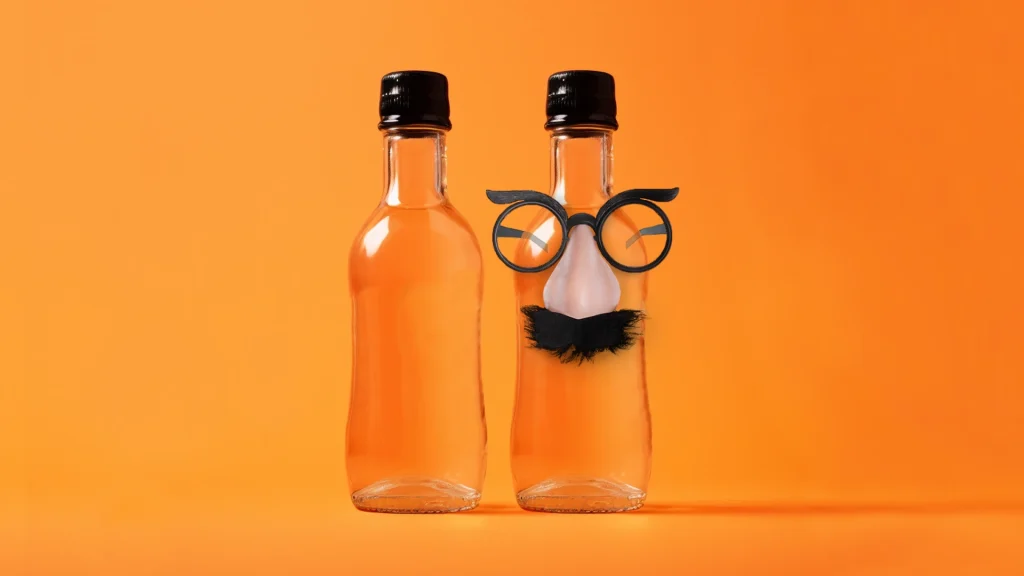Bird feathers are a wonderful thing. Used not only in making pillows, puffy jackets, and adding a decorative touch to Tyrolean hats, feathers provide essential aerodynamics and lightweight structure necessary for flight. However, their original evolutionary purpose was quite different.
Paleontologists have discovered that dinosaurs began developing feathers over 100 million years ago. Some of these early feathered species were incapable of flight. Instead, feathers provided them with thermal insulation, helping these creatures regulate their body temperature. It was only later that their descendants utilized these same feathers for flight. Centuries later, we began adorning our hats. (https://commondescentpodcast.com/2020/01/11/episode-78-exaptation/)

In biology, this phenomenon is termed exaptation: the process by which an existing organ assumes a new function through evolution. For example, fish have gas chambers inside their bodies. Originally functioning as lungs in their ancestors, they now provide buoyancy underwater. While exaptation may seem like an incremental change, the implications are profound. And serve as a model for human innovation.
Consider the Gutenberg press, which revolutionized print publishing by making book production cheap and widely accessible. Johannes Gutenberg didn’t invent this machine from scratch; he repurposed a wine press, a device already perfected over centuries in his region.

Similarly, Gottlieb Daimler and Wilhelm Maybach, credited with creating the first motorcycle—the Daimler Reitwagen, in 1885—built upon decades of experimentation with bicycles and combustion engines. Their brilliance lay in combining these elements effectively.
Ada Lovelace and Charles Babbage provide another insightful example of the importance of exaptation in innovation. Known for putting togehter the first computer, the Analytical Engine, and the first computer program, they were constrained by the lack of electricity, a critical enabling technology. As a result, the Analytical Engine remained a theoretical masterpiece rather than a practical invention.

These stories illustrate the significance of betting on the right innovations. Are the foundational elements of your next idea readily available and commonly used? How much more development is necessary before your idea becomes viable?
Much like MacGyver, the resourceful protagonist of the eponymous 1980s TV show, innovators should excel in exaptation. Known for his ingenuity in creating new solutions from existing materials, MacGyver’s approach is a lesson for any innovation team. If the necessary components aren’t readily at hand, it’s time to run away. And perhaps, don’t forget your feather-filled jacket for the journey.
Some of the examples provided on this article come from the brilliant book by S. Johnson (Johnson, S. (2010) Where good ideas come from: A history of natural innovation. New York: Penguin Random House Books.)







